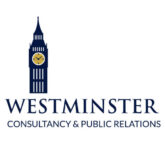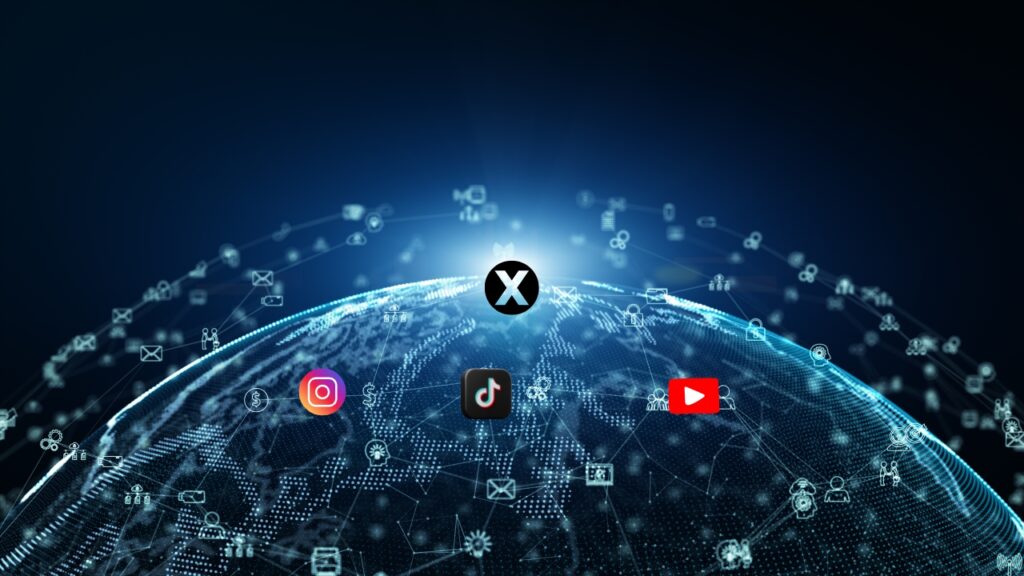Executive Summary
In the past decade, social media influencers have transformed from lifestyle trendsetters into global opinion leaders shaping politics, culture, and even international debates. Between 2020 and 2025, the role of influencers expanded beyond entertainment into activism, humanitarian campaigns, and political lobbying. This new “influence economy” is changing the way institutions — from governments to NGOs and corporations — engage with audiences.
This report maps the role of global social media figures in shaping narratives and mobilising publics. It identifies five defining trends: the politicisation of influencer culture, the rise of “cause-driven” digital advocacy, the blurring of lines between traditional media and influencer platforms, the risks of disinformation and manipulation, and the emergence of cross-border influencer networks.
By examining case studies across regions, the report shows how influencers have become power brokers in global communication, with influence rivaling — and sometimes surpassing — traditional media outlets.
Introduction
The world is entering an era where influence itself is a form of capital. With billions of people active on platforms such as TikTok, YouTube, Instagram, and X, social media has become a primary arena where ideas compete, values are contested, and identities are shaped.
While early influencers focused on lifestyle, fashion, and entertainment, recent years have seen the rise of social and political influencers. They mobilise followers to demand ceasefires, campaign for climate action, boycott corporations, or amplify humanitarian crises. Their power lies not in institutional authority but in authenticity, reach, and digital storytelling.
Institutions that once communicated through press releases and speeches now find themselves adapting to a world where a viral video can shape public opinion more effectively than an official statement.
💡 “The top 50 global influencers reach more people daily than the world’s largest traditional broadcasters combined.”
2. Key Trends in the Influence Economy
One defining trend is the politicisation of influencer culture. From #MeToo and #BlackLivesMatter to campaigns for Palestinian rights, influencers have moved from brand partnerships into advocacy and politics. Their followers expect them to take positions, and silence on major issues is increasingly interpreted as complicity.
A second trend is the rise of cause-driven digital advocacy. Influencers are partnering with NGOs, human rights groups, and climate organisations to raise awareness and funds. For example, campaigns led by global figures around refugee rights or humanitarian aid in Gaza have mobilised millions of dollars within days.
Third, the lines between traditional media and influencer platforms are blurring. Influencers are often treated as journalists, commentators, or even diplomats, with governments inviting them to official events. At the same time, traditional media outlets increasingly rely on influencers to access younger audiences.
Fourth, the risks of disinformation and manipulation have grown. State-backed campaigns now recruit influencers — sometimes unknowingly — to spread propaganda. Algorithms reward sensationalism, making influencers vulnerable to spreading polarisation.
Finally, cross-border networks of influencers are emerging. Content creators from different countries are collaborating on campaigns around climate justice, women’s rights, and peace activism. These networks have the potential to build global solidarity, but they also face challenges in coordination and credibility.
3. Regional Case Studies
North America and Europe
In the U.S. and Europe, influencers have become central to debates on racial justice, climate action, and foreign policy. Figures with millions of followers can sway public debates as much as political leaders. In the 2020 U.S. elections, influencer-led campaigns significantly shaped voter mobilisation, especially among younger demographics.
Middle East
In the Middle East, influencers have been critical in shaping global narratives on conflicts. During the Gaza war of 2023–2025, Palestinian and pro-Palestinian influencers mobilised global campaigns calling for ceasefires and sanctions, while state-linked influencers in the Gulf projected alternative narratives. Qatar has been notable for investing in influencer diplomacy, connecting media personalities with global campaigns on humanitarian issues.
Asia
Asia has seen the rise of “super influencers” in countries like India, South Korea, and Indonesia, where follower counts often surpass those of mainstream media. Indian influencers, in particular, have amplified nationalist narratives, while Korean influencers blend entertainment with subtle social messaging, extending their global reach through K-pop networks.
Africa
African influencers have increasingly leveraged digital platforms to bypass state-controlled media. Campaigns such as #EndSARS in Nigeria and climate activism in East Africa have shown how influencers mobilise protest movements and shape international coverage.
Latin America
Latin American influencers are notable for combining lifestyle content with political advocacy, from environmental justice in the Amazon to feminist movements in Argentina. They play a hybrid role, acting simultaneously as entertainers and activists.
⚡ “In Nigeria, influencer-driven campaigns like #EndSARS mobilised more citizens in days than years of traditional political activism.”
4. The Human and Political Impact
The influence economy has profound human and political consequences. On the positive side, it has democratised communication, giving voice to marginalised communities and enabling rapid mobilisation for causes. Humanitarian fundraising, awareness campaigns, and solidarity movements have benefited enormously from influencer participation.
However, the risks are equally significant. Influencers operate in unregulated spaces, making them susceptible to spreading misinformation, whether by accident or design. Their reliance on platform algorithms means that content which polarises or shocks often receives the greatest amplification, sometimes at the cost of nuance and accuracy.
Politically, the rise of influencers challenges traditional institutions. Governments and international organisations now face competition from individuals with smartphones and audiences numbering in the tens of millions. This redistribution of communicative power is both an opportunity — for greater inclusion and accountability — and a challenge to authority and credibility.
“Influencers are not replacing institutions, but they are redefining how authority and trust are built in the digital age.”
Conclusion
The rise of the influence economy is reshaping global communication. Social media figures are no longer just entertainers or lifestyle gurus; they are becoming diplomats, activists, and agenda-setters. Their ability to shape debates and mobilise publics means they cannot be ignored by policymakers, businesses, or NGOs.
For organisations seeking to navigate this landscape, the key is engagement: understanding how influencers operate, building partnerships based on authenticity, and ensuring that digital advocacy is used responsibly.
At Westminster Consultancy, we believe that mapping the influence economy is not just about tracking trends — it is about helping clients harness this new power of persuasion for positive and impactful change.

